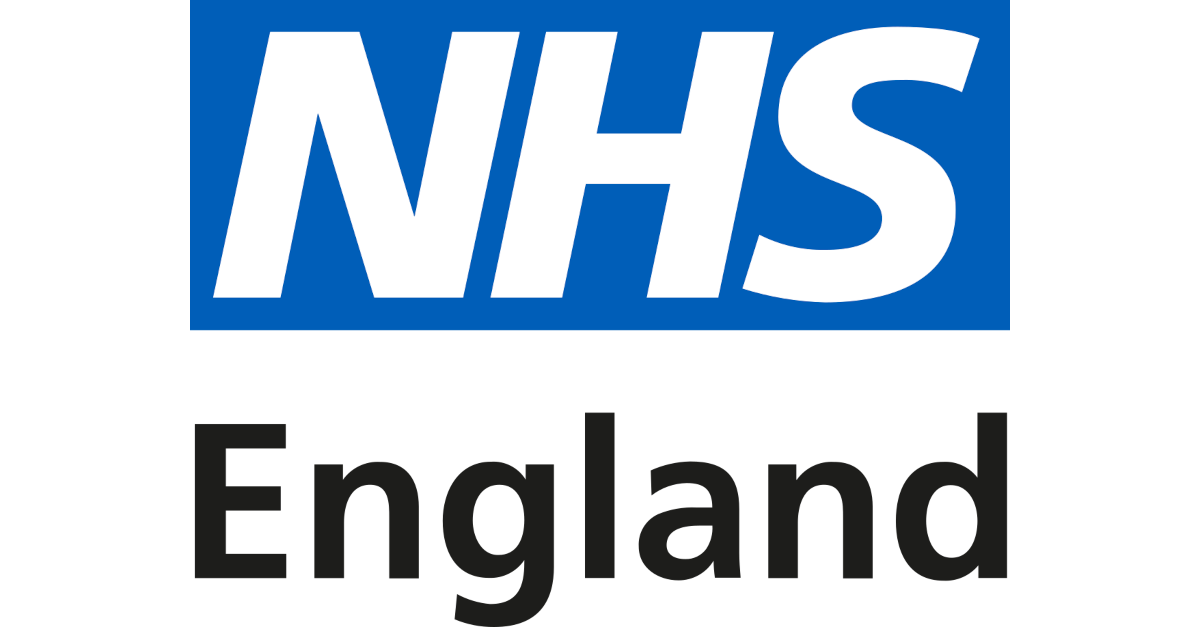Staff working in A&E and ambulance services experienced more pressure than any October on record, new figures show today, as the NHS heads into winter busier than ever before.
Despite the continued pressure on hospitals, the overall waiting list fell for the first time since February. It reduced by around 70,000 in September from 7.64 million to 7.57 million, with the estimated number of patients waiting down more than 77,000 from 6.42 million to 6.34 million. The waiting list is now down 195,000 on September 2023.
However, the monthly performance statistics also show that hardworking staff made considerable progress on cutting waiting lists in September with the backlog falling by 70,000 and staff delivering 7% more treatments than before the pandemic.
There were 2.36 million A&E attendances last month, 6% more than the previous busiest October (2.22 million in October 2023) and coming on the back of the most pressured summer and September. It was also a record October for emergency admissions (567,446). Despite the pressure, A&E performance was up 2.7 percentage points on the same month last year (73% versus 70.3%).
Freeing up space in emergency departments was impacted by delays discharging patients, including to social and community care, with an average of 12,340 beds taken up each day by people who no longer needed to be there.
Ambulance teams responded to more incidents than any other October with more than three quarters of a million incidents (759,019) including a record 84,108 of the most serious category 1 incidents for that month, up more than a third (37%) on the same period pre pandemic (61,561 in Oct 2019).
Call handlers also faced exceptional demand, with more 999 calls than any month so far this year (1.187 million) and almost 3% more than the same time last year (1.156 million in Oct 2023).
The NHS has set out its plans for winter including around-the-clock system control centres, better reporting of long patient delays in urgent and emergency services, and more care in the community including falls services, virtual wards and same day emergency care.
There was also further progress on the number of people waiting over a year for elective treatment, down 33,321 in September to below 250,000 (249,343). This is a reduction of over 140,000 since September 2023, and a 50,000 reduction since the end of June 2024.
The figures for September show the NHS missed its target to virtually eliminate waits of 65 weeks by September, with 22,903 patients still waiting that long. However, thanks to the hard work of hospital teams, 65-week waits are down more than 90% on their peak (233,051 in June 2021), with just 12 providers accounting for over two fifths of the remaining waits.
It was a record September for diagnostic activity with 2.37 million tests and checks delivered, up a fifth on the same month pre-pandemic (1.95 million in September 2019).
Every month so far this year has seen more than a quarter of a million people checked for cancer following an urgent referral, including 256,996 in September, with staff carrying out 53,861 cancer treatments.
Professor Sir Stephen Powis, NHS National Medical Director, said: “The NHS is going into winter under more pressure and busier than ever before, with another record month for A&E and ambulance services before we even start to see a further spike of pressure caused by colder weather and the spread of winter viruses.
“While we saw 10% more A&E patients within four hours than last year despite the record demand, it is vital that people help us out by only going to A&E or calling 999 in a life-threatening emergency, using 111 for other conditions, and getting their Covid, flu and respiratory syncytial virus (RSV) vaccinations if eligible.
“However, thanks to the efforts of our amazing staff, these figures also show how they are making use of the latest innovations, including surgical hubs, to bring down waiting lists and deliver 7% more treatments than the same month pre-pandemic, while also delivering more tests and checks than any other September.
“While we continue to treat record numbers and deal with record demand, it is clear that there is still much further to go to return performance to the levels patients should expect and we will continue to work with government on the 10 Year Health Plan to address the needs of patients.”
Health and Social Care Secretary Wes Streeting said: “It is welcome to finally see progress start to be made on the backlog.
“Since we ended the strikes, we have been ramping up delivery of an extra 40,000 extra appointments every week.
“The extra investment in the Budget for new surgical hubs and scanners, plus the reforms announced this week to drive up productivity, will cut waiting lists further and get patients seen faster”.



